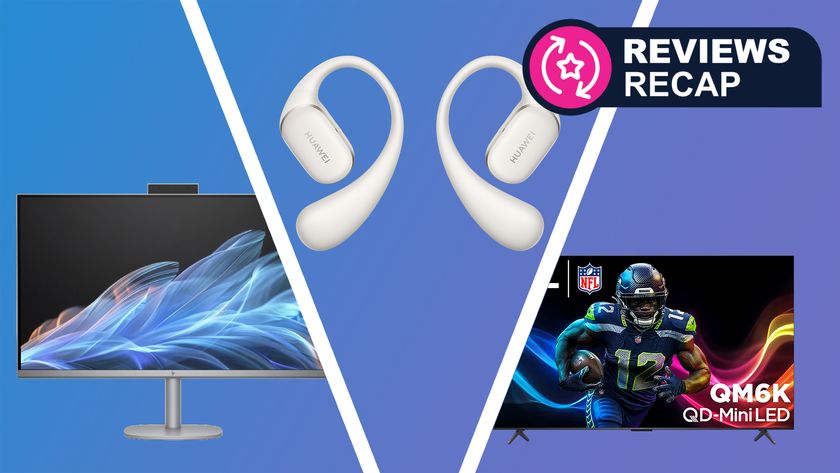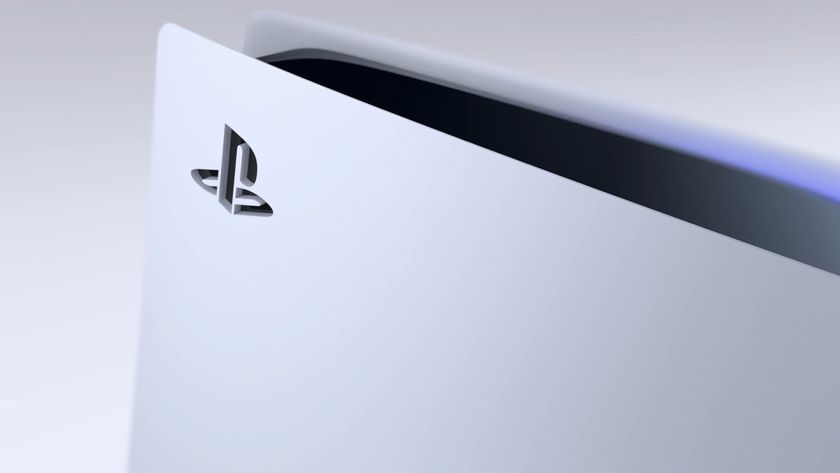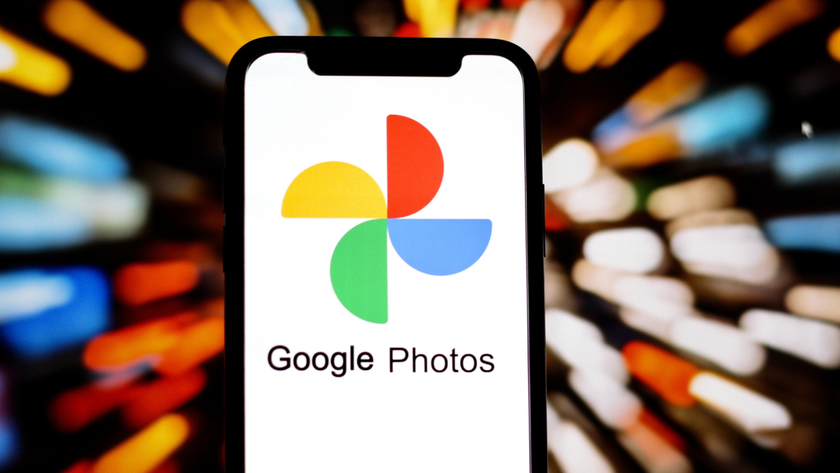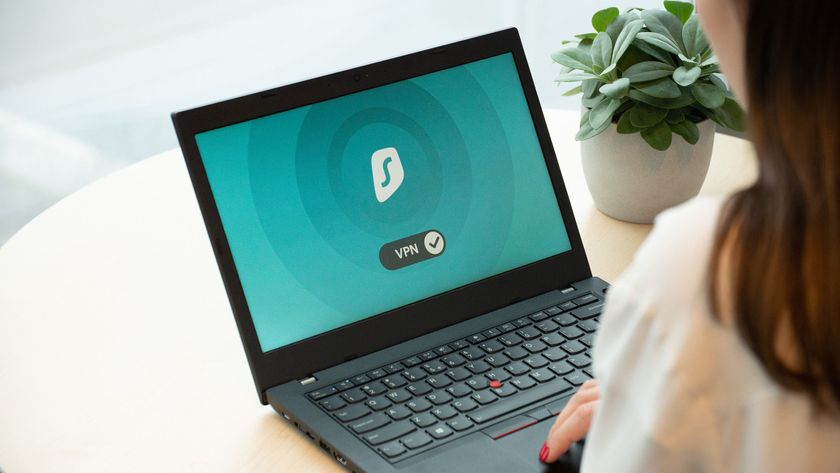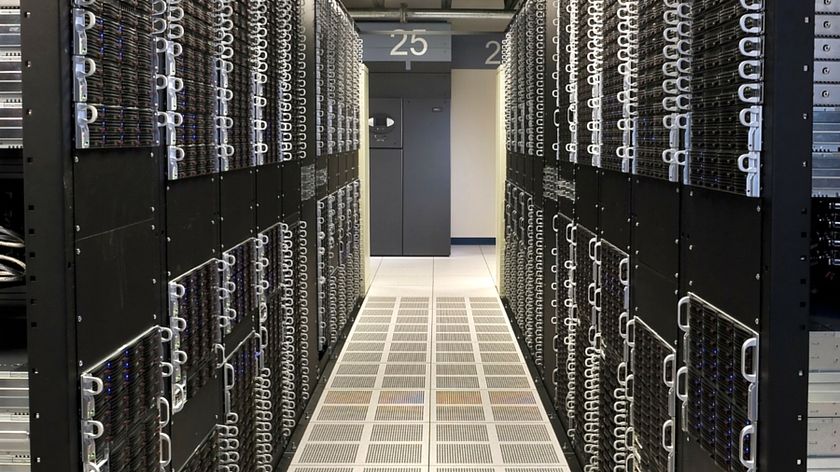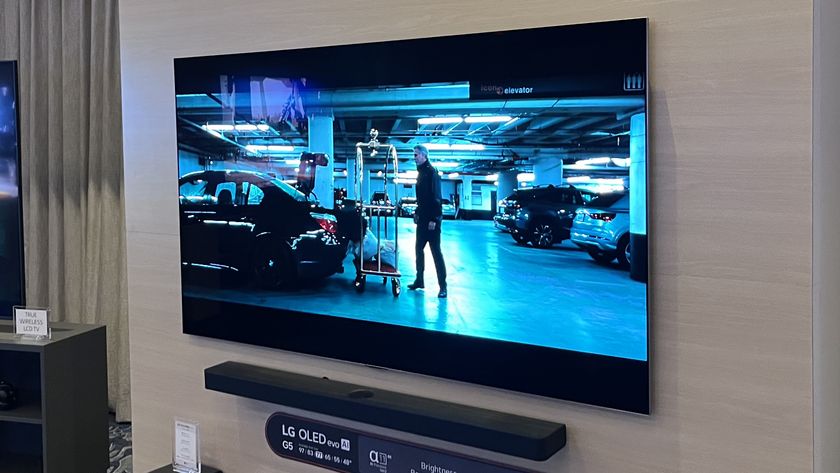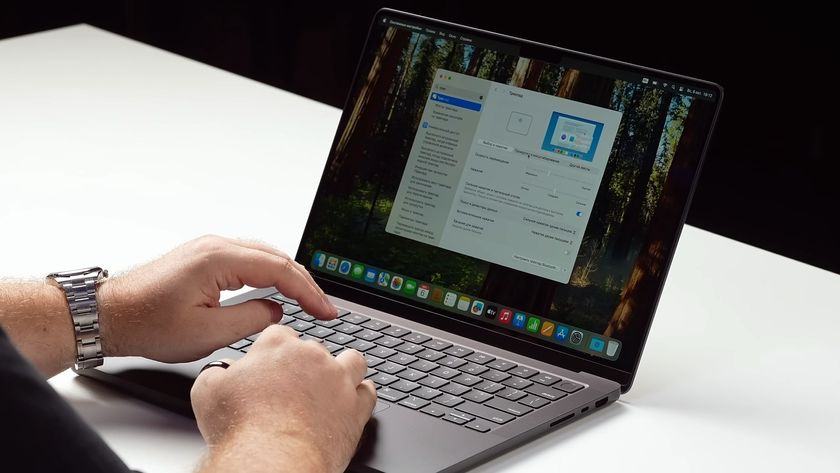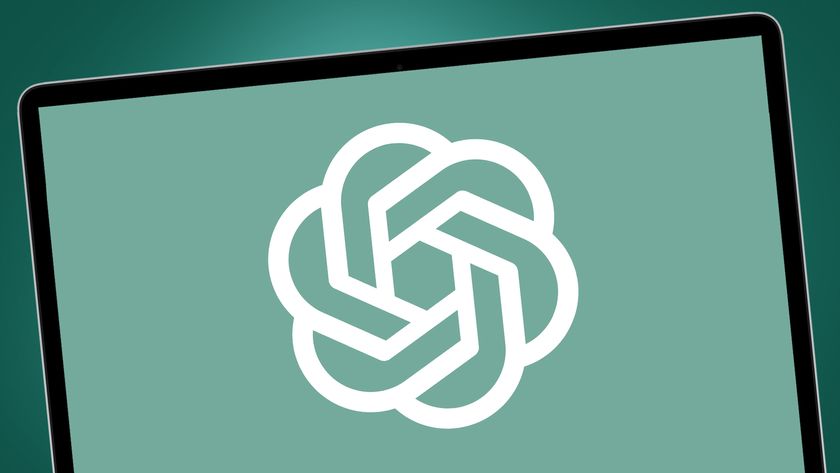Unfortunately the PSP also had some serious problems - the launch catalogue of games was unsurprising and users quickly got tired of Sony’s attempts to flog them copy-protected movies on UMD, the proprietary disc format the PSP used.
Instead many took the laborious - not to mention legally suspect - step of ripping their DVD collections so they could store the movies on to flash memory cards that the PSP also accepted.
The PSP also faced challenges in gaming and music too - Nintendo one-upped it with the launch of the DS Lite in June 2006, a handheld that could be quickly slipped into your trouser pocket and had a brilliant line-up of original and highly playable games.
The DS Lite’s battery life could also be counted in days, not hours, and DS games were quicker to load, chiefly because Nintendo adopted a flash memory-based format for its games.
Things were harder still on the music front. The iPod was well established by 2005 with a supporting infrastructure through iTunes that made Sony’s efforts with its Connect online store and MediaManager PC software look lame.
At least Sony had sensibly reversed its anti-MP3 policy this time around, enabling users to copy MP3 files from their PCs via USB. Support for AAC and other codecs was added later by firmware.
The result of all this, of course, has been that Nintendo has continued to dominate the handheld gaming space, with 51 million DS Lite’s sold by March 2008. That puts the PSP firmly in second place with 34 million PSPs sold (as of December 2007).
Get daily insight, inspiration and deals in your inbox
Sign up for breaking news, reviews, opinion, top tech deals, and more.
Sony tried to inject some new life into PSP late last year with the launch of the PSP Slim. This new version boasted more flash memory to increase UMD loading times and was 19 per cent thinner than its predecessor, but specs were otherwise unchanged.
Apple iPhone
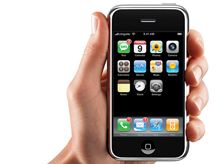
I'd like an extra battery please. Oh
The iPhone is great at a good many things, but it’s far from an unqualified success. Sales of the first version are said to have been ‘inline with expectations’, which is another way of saying it’s not exactly been a a rip-roaring success.
If it had, Apple and O2 would have been hollering that fact from the rooftops. No wonder they had to slash prices to shift them. So what’s wrong with the first-gen iPhone. Six things:
- It doesn’t have 3G: That’s has been deal-breaker in many territories, not only in Europe where 3G is everything, but also here at home. You might be able to download or surf as much content as you want on O2’s iPhone tariffs, but if you have to do it on Edge? Erm, no thanks.
- You can only get it on O2: There’s nothing wrong with O2 per se, but many potential buyers have been put off buying an iPhone because it’s limited to just one mobile network. Sure you could hack it to run other networks, but why should you have to? The iPhone should be available to anyone whatever network they’re on. There are signs that this could change in future.
- It’s expensive: Yeah, so the 1G iPhone cost a lot of money to develop - but £269 for the handset, and then another £35-£75 per month line rental? That means the iPhone will cost you a minimum of between £899 and £1,619 over the first 18 months.
- Call that a camera?: The iPhone’s 2.5 megapixel camera never looked very good. Not even on paper. In the real world it’s rather pathetic, requiring lots of light to get a half-decent picture. Only the iPhone doesn’t come with a built-in flash or even a light. And 2.5-megapixels on a £269 smartphone in 2008 is so insulting it’s untrue - what’s this, the early 1990s or something?
- Bluetooth ADAP: have you heard of it? Oh yes, the iPhone has Bluetooth built-in, but you can’t team it with a pair of Bluetooth stereo headphones because the iPhone doesn’t support A2DP. You also can’t use it to wirelessly sync your contacts, calendar, etc with your Mac - even though Apple enables you to do exactly that using third-party phones and the Bluetooth chip in most modern Macs. Instead you have to use iTunes - which is rapidly turning into bloatware of Microsoftian proportions.
- You can’t replace the battery: Why does Apple keep making this mistake? You can’t change the battery on an iPod, you can’t do it with the iPhone, and you can’t even do it on the MacBook Air. True most people never have the need for a second mobile phone battery, but you will surely be peeved that Apple doesn’t even give you the option the next time your iPhone conks out - or you're forced to pay £63 to get an exhausted one replaced.
Now it's over to you: Are you a gadget nut who has to buy the latest thing, no matter how expensive or bad it may be? Or do you simply disagree with our choices. Your comments below please!

